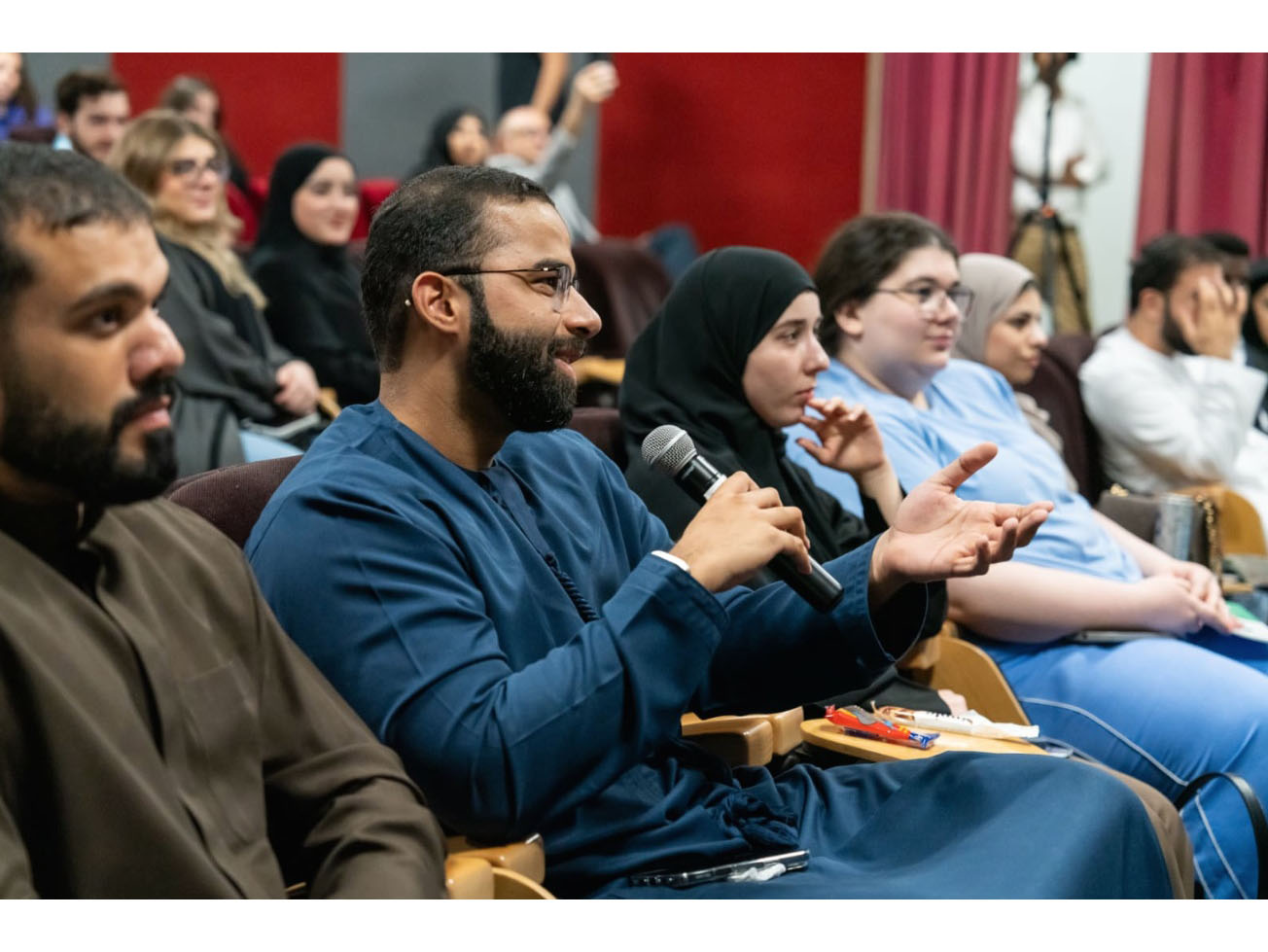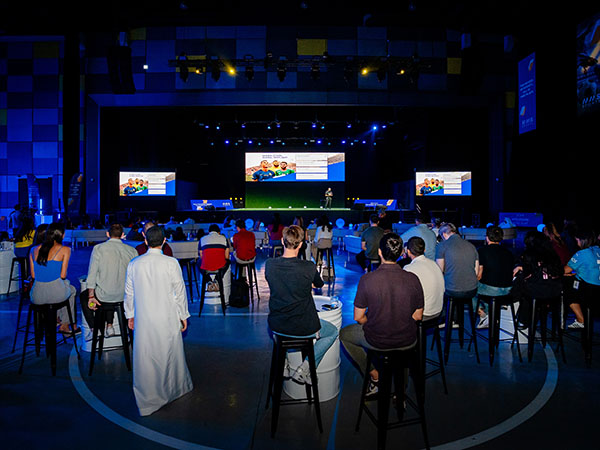News - News In Brief
Premium Video on Demand Services Must Work Closer with Cinema Industry, CABSAT Hears
October 28, 2021
With the rise in digital streaming services and a shift in consumer behaviour toward premium content at home, the cinema industry’s ‘theatrical windows’ have never been more important to operators as the sector strives to recover from the past two years of predominant closures.
Speaking in a CABSAT panel discussion on ‘The blockbuster dilemma: Film production resilience revealed’ Peter Smith, Managing Director of MBC Studios said he believes P-VOD movie releases will be continuous, go back to cinema releases, or morph into a combination of both; “I think we’ve only just in the past two or three weeks seen Hollywood settle on this 45 day theatrical window, so it is relatively new and I am sure it’s going to keep changing for the next two to three years.
“I think premium video on demand is fantastic as a new family experience, and some of the statistics around on how that is growing is great. It is also a strong customer offering to have this type of quality content at home. But if you look at the economics of filmmaking, they are such that you need that box office revenue to come in because that can be as much as half, or sometimes the entire budget, of the film reimbursed, which as it stands is quite difficult for some of the streaming platforms long term to fully fund a movie. PVOD shouldn’t be seen as something that will cannibalise a movie’s profits but as a window of opportunity that supports reaching new audiences and offers additional revenue streams.”
Cross-border African TV content consumption taking off, CABSAT’s Content Congress Hears
African TV networks are moving out of their traditional parochial shells and adopting a wider Pan Arab approach to content commissioning with language the only barrier to entry, according to Catherine Mwangi, Kenya Television Network’s (KTN) Head of TV Production & Programming.
Addressing CABSAT’s Content Congress Mwangi said KTN –Kenya's first and oldest private TV station spanning 31 years - had already started buying in content from West Africa. “Certain themes work across African borders content-wise, we do, for instance, run movies from Nollywood and have licensed content from West and Central Africa. The only content we don’t look at is that from French-speaking countries because ours is historically an English-based network but collaboration across borders within the continent is now happening.”
Commenting on Netflix’s recent move to introduce a free plan in Kenya giving audiences access to about one quarter of its movies and television shows, the KTN Programming Head said it was a strategy to gain data to determine audience targets and price points. “Less than 1% of Kenyans are subscribers to Netflix and this approach is one where audiences will ultimately decide the subscription price point,” she said. However, Mwangi said Netflix is facing fierce competition with South African-based online subscription video on-demand service Showmax which, she said, was due to its content “having more affinity with African audiences.”
Collaboration Urged to Unlock Africa’s Vast Content Potential
Meanwhile in CABSAT’s Content Congress, audiences heard of the “vast untapped potential” of Africa’s emerging content industry and how cross-continental industry collaboration could unlock it. Professor Aduku Armstrong Idachaba, the immediate past Director General of Nigeria’s National Broadcasting Commission and Mass Communications Professor at the Veritas University of Abuja said while Africa’s content industry is “growing in leaps and bounds” its prospects were even greater.
Prof. Idachaba pointed to a continent rich in culture and nature-based content potentials and where, by 2050, some 26% of the world’s population – 2.49 billion - would live. “Africa could become one of the world’s major consumers of media and entertainment,” he added.
He added that OTT TV and video revenues in Sub-Saharan Africa are expected to explode to around US$467 million by the end of this year. African content producers were, he said, constrained by lack of technical infrastructure for delivery, lack of access to data, storage and servers and funding and that cross-national co-operation could solve “a yawning disequilibrium between the West and Africa.”
Satellite Industry & 5G to Assist Humanitarian Assistance & Disaster Relief
CABSAT’s SatExpo heard how the satellite industry and 5G hold out promise of proving emergency response to incidents of Humanitarian Assistance and Disaster Relief (HADR). Riaz Lamak, Lead of International Programmes in Humanitarian Assistance Disaster Response & Training Certification, of GVF, the satellite industry’s only global non-profit association told delegates: “5G like IoT have a lot of promise and expectation when it comes to deployment in disaster assistance scenarios. First, of course, its solutions will be monetized but then they can contribute to HADR. Satellite is the most reliable means of communication in a disaster situation so it will definitely bring its 5G reach to the equation.”
Meanwhile, Dr. Fawzi Amin, Head of Delegation for the GCC for the International Federation of Red Cross and Red Crescent Societies said 5G could greatly help in extending the reach of online educational services to refugees around the world.




_Head_of_TV_Production_Programming.jpg)









